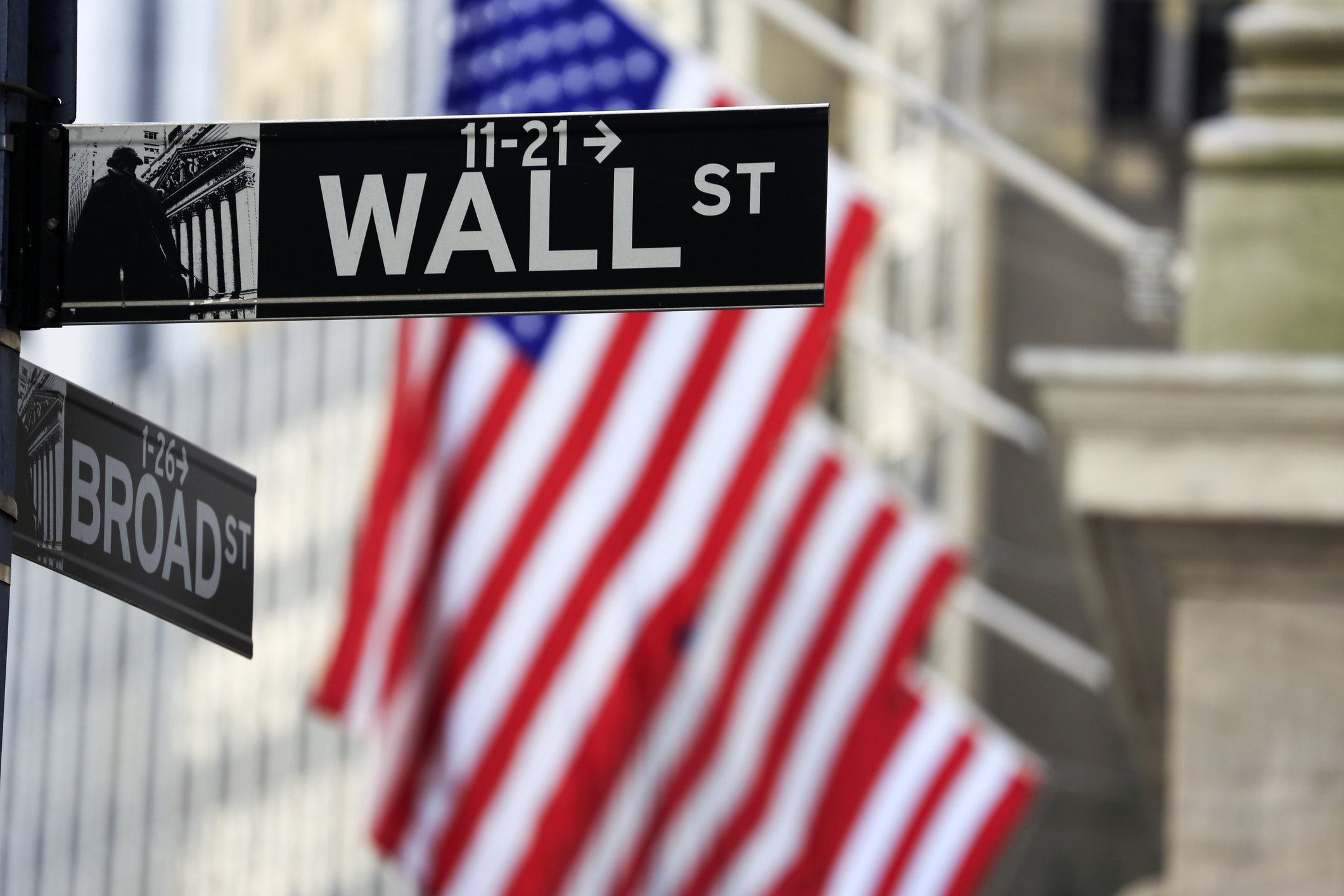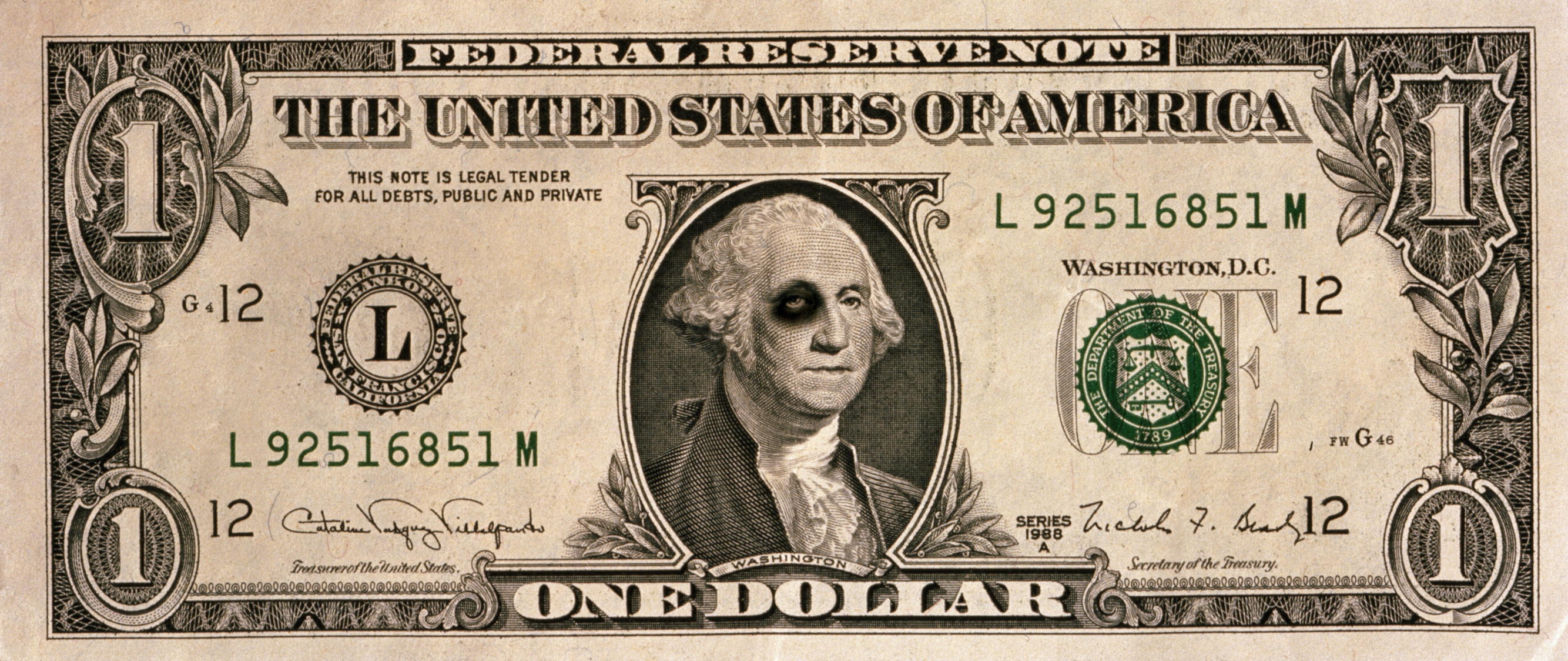A Fund With Low Volatility
Permanent Portfolio is having a rough year, but not nearly as bad as the rest of the market.
You can make investing decisions by trying to anticipate what the economy will do in the months and years ahead and how markets will react. But Permanent Portfolio fund (symbol PRPFX) takes the opposite tack and pretty much clings to a diversified but static basket of different kinds of assets. Says manager Michael Cuggino: "The future is unpredictable, and investors who rely on forecasts are going to be wrong more than right."
Cuggino divides assets into six categories: precious metals, Swiss-franc bonds, global real estate stocks, natural-resources stocks, domestic growth stocks, and U.S. Treasury and high-grade corporate bonds. As he describes it, this diverse collection of securities puts investors in the position to gain from various outcomes. "The key is discipline," Cuggino says. "People tend to run with the winners and don't buy when there's blood on the streets."
For example, if deflationary forces rise, then Permanent Portfolio's Treasury-bond holdings should perform well; if inflation spikes, then gold and Swiss francs should kick in. It works as a balanced fund does, except that the diversification is broader and the allocations more static than those of most balanced funds (Cuggino rebalances when weights move more than 10% above or below his targeted allocations).

Sign up for Kiplinger’s Free E-Newsletters
Profit and prosper with the best of expert advice on investing, taxes, retirement, personal finance and more - straight to your e-mail.
Profit and prosper with the best of expert advice - straight to your e-mail.
Permanent Portfolio's aim is to preserve capital and return a few percentage points better than the inflation rate, with low volatility. In this it has succeeded. In the ten years through September 30, the fund returned an annualized 9%. This year has been rough -- Permanent Portfolio surrendered 13.5% year-to-date through October 15, although it has outpaced Standard & Poor's 500-stock index by 24 percentage points. Unless the fund finishes 2008 strongly, this will be its first down year since 1994.
Cuggino, an accountant by training, does have an opinion on the outlook. "The U.S. economy will right itself in the next couple of years, once confidence is restored and businesses and individuals want to transact with each other." But don't expect him to alter Permanent's allocations, which he hasn't adjusted since he took the fund's helm in 1991.
Permanent Portfolio charges an annual fee of 0.95% and requires an initial minimum investment of just $1,000.
Get Kiplinger Today newsletter — free
Profit and prosper with the best of Kiplinger's advice on investing, taxes, retirement, personal finance and much more. Delivered daily. Enter your email in the box and click Sign Me Up.
Andrew Tanzer is an editorial consultant and investment writer. After working as a journalist for 25 years at magazines that included Forbes and Kiplinger’s Personal Finance, he served as a senior research analyst and investment writer at a leading New York-based financial advisor. Andrew currently writes for several large hedge and mutual funds, private wealth advisors, and a major bank. He earned a BA in East Asian Studies from Wesleyan University, an MS in Journalism from the Columbia Graduate School of Journalism, and holds both CFA and CFP® designations.
-
 What Wall Street's CEOs Are Saying About Trump's Tariffs
What Wall Street's CEOs Are Saying About Trump's TariffsWe're in the thick of earnings season and corporate America has plenty to say about the Trump administration's trade policy.
By Karee Venema
-
 The Role of the U.S. Dollar in Retirement: Is It Secure?
The Role of the U.S. Dollar in Retirement: Is It Secure?Protect your retirement from de-dollarization, because “capital always goes where it is treated best."
By Adam Shell
-
 The 5 Best Actively Managed Fidelity Funds to Buy Now
The 5 Best Actively Managed Fidelity Funds to Buy Nowmutual funds In a stock picker's market, it's sometimes best to leave the driving to the pros. These Fidelity funds provide investors solid active management at low costs.
By Kent Thune
-
 The 12 Best Bear Market ETFs to Buy Now
The 12 Best Bear Market ETFs to Buy NowETFs Investors who are fearful about the more uncertainty in the new year can find plenty of protection among these bear market ETFs.
By Kyle Woodley
-
 Don't Give Up on the Eurozone
Don't Give Up on the Eurozonemutual funds As Europe’s economy (and stock markets) wobble, Janus Henderson European Focus Fund (HFETX) keeps its footing with a focus on large Europe-based multinationals.
By Rivan V. Stinson
-
 Vanguard Global ESG Select Stock Profits from ESG Leaders
Vanguard Global ESG Select Stock Profits from ESG Leadersmutual funds Vanguard Global ESG Select Stock (VEIGX) favors firms with high standards for their businesses.
By Rivan V. Stinson
-
 Kip ETF 20: What's In, What's Out and Why
Kip ETF 20: What's In, What's Out and WhyKip ETF 20 The broad market has taken a major hit so far in 2022, sparking some tactical changes to Kiplinger's lineup of the best low-cost ETFs.
By Nellie S. Huang
-
 ETFs Are Now Mainstream. Here's Why They're So Appealing.
ETFs Are Now Mainstream. Here's Why They're So Appealing.Investing for Income ETFs offer investors broad diversification to their portfolios and at low costs to boot.
By Nellie S. Huang
-
 Do You Have Gun Stocks in Your Funds?
Do You Have Gun Stocks in Your Funds?ESG Investors looking to make changes amid gun violence can easily divest from gun stocks ... though it's trickier if they own them through funds.
By Ellen Kennedy
-
 How to Choose a Mutual Fund
How to Choose a Mutual Fundmutual funds Investors wanting to build a portfolio will have no shortage of mutual funds at their disposal. And that's one of the biggest problems in choosing just one or two.
By Coryanne Hicks